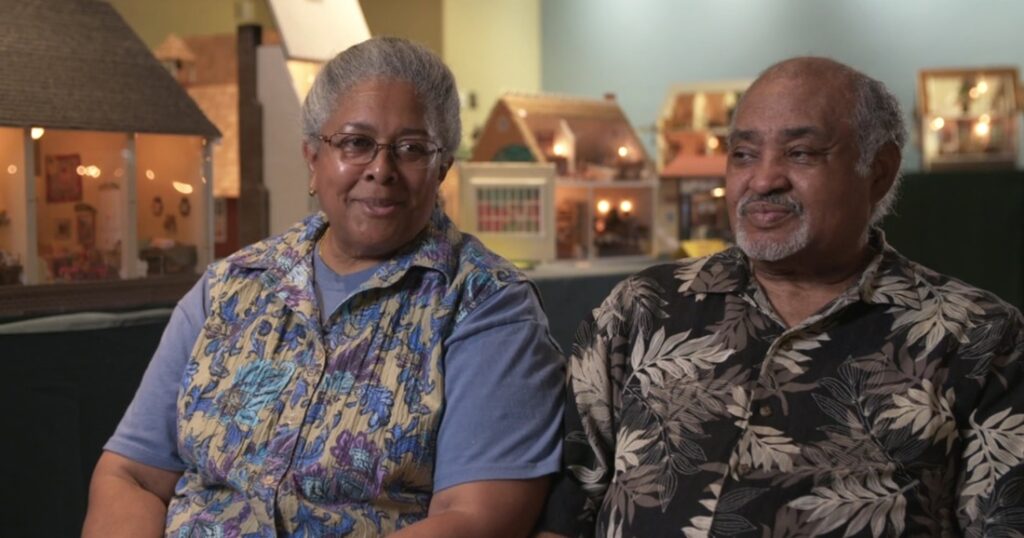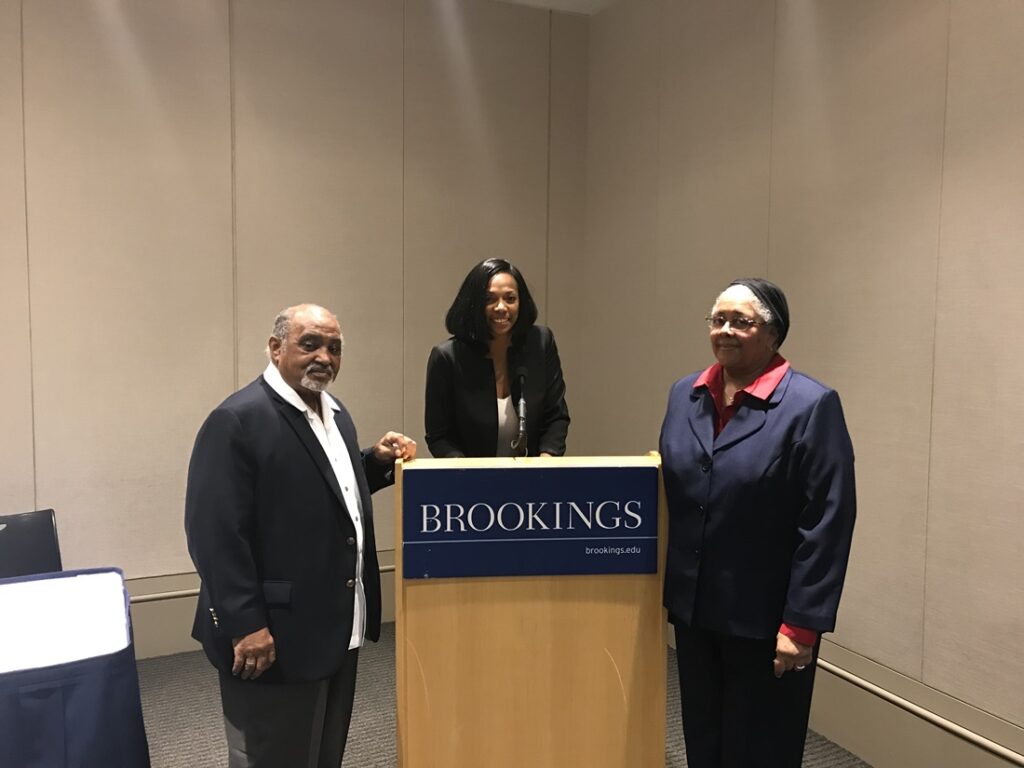Our Alexandria Screenings
- Robin N Hamilton
- | August 29, 2022
Creating a film around two talented and humble artists, Linwood Smith and Sharon Frazier, was pure joy. Often, the people who are the most reluctant to talk have something powerful to say.
Linwood Smith and Sharon Frazier, lifelong artists, create dioramas reflecting the evolution of the city from where they grew up. Their designs are made out of passion, nostalgia, and a desire to preserve history. Within the origins of Alexandria, Jim Crow’s presence was there. However, happy childhood memories are preserved within the protective confines of each house, revealing a strong and resilient Alexandria community.

Discovered out of necessity and developed as a destination of pride, old Alexandria was the location for many African Americans desiring education, freedom and an overall sense of prosperity. Step back and take a look at Alexandria history. From its evolution of a southern city regaining its footing after the Civil War, parts of area, when Alexandria was founded, namely Uptown, became a place for freed African Americans to find work and develop a new reality. While the country changed, and Jim Crow’s presence demanded to stay in the south, this community made their town their own. When students demanded to be integrated into the library, the city instead built one of its own for children of color. It was there, in the face of segregation, that a thriving community evolved, and became a destination for excellence.
Overall, these artists are using delicate and intricate dioramas to recreate an enormously layered, strong and resilient community in Alexandria.
Viewers respond to the film because while this story is unique, there are commonalities in the film that pertain to family, love, loss and friendship.
When the film screened at the Lyceum in Alexandria, Virginia, in conjunction with the Alexandria Black History Museum, the venue was packed. The reception was overwhelming and there were tears and cheers for the work of Sharon and Linwood.
Another joy was when I screened the film at the Brookings Institute in downtown Washington, D.C. The think tank had invited us to attend to talk about gentrification and the value of preserving history in the face of new development. Linwood and Sharon were proud to share their stories and give people feedback about what life was like when they were younger – and why they wanted to preserve their past.
I was fortunate to receive a Virginia Humanities Grant to complete the project, and they were so pleased with the project, they profiled our story here, capturing what the film is all about, and why Linwood and Sharon are so impressive.
The reverberation of this history marks a significant time in terms of where society is today. In a place where racial animus is strong, it is important to recognize the value of maintaining a community where we all can be seen as equals. If not, talent is squandered, opportunities are missed, and lives can be lost.
In the moments where I have screened the film, and Sharon and Linwood are able to join me, their emotions can still be felt after the credits have rolled past on the screen. Sharon has told me on more than one occasion that she never imagined that she would be in a movie, or that anyone would be this interested in what she and Linwood create. I gently remind her, “We all have a story to tell. And yours is just as valuable – and needs to be shared.”

Recent Posts
Recent Posts
- Why a Supreme Court Justice Matters – Justice Thurgood Marshall
- Undefeated African-American Leaders
- Summary of the Abolitionist Movement
- Stokely Carmichael – Who was Behind Black Power and Why He Mattered
- Rosa Parks
- Racism in 1920
- Niagara Movement (1905-1909)
- Nat Turner’s Rebellion-Early Life-Death & Complex Legacy
- MOSES OF HER PEOPLE – HARRIET TUBMAN
- Mary Church Terrell House
